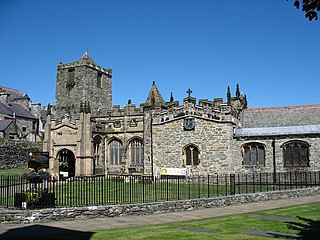The Caledonian Steam Packet Company provided a scheduled shipping service, carrying freight and passengers, on the west coast of Scotland. Formed in 1889 to complement the services of the Caledonian Railway, the company expanded by taking over rival ferry companies. In 1973, they were merged with MacBraynes as Caledonian MacBrayne.
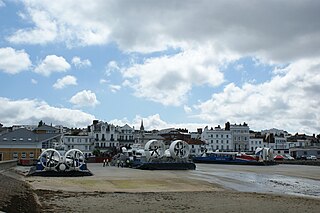
There are currently three different ferry companies that operate vessels carrying passengers and, on certain routes, vehicles across the Solent, the stretch of sea that separates the Isle of Wight from mainland England. These are Wightlink, Red Funnel and Hovertravel.
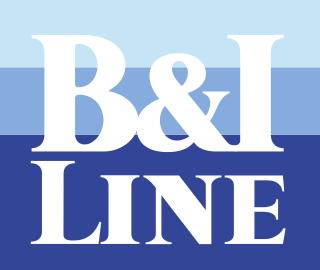
The British and Irish Steam Packet Company was a steam packet and passenger ferry company operating between ports in Ireland and in Great Britain between 1836 and 1992. It was latterly popularly called the B&I, and branded as B + I line.
TSS Duke of Albany was a passenger vessel operated by the London and North Western Railway and the Lancashire and Yorkshire Railway from 1907 to 1914. and also as HMS Duke of Albany from 1914 to 1916.

TSS Duke of Clarence was a passenger vessel operated jointly by the London and North Western Railway and the Lancashire and Yorkshire Railway (LYR) from 1892 between Fleetwood and northern Irish ports. In 1906 the LYR bought her outright and transferred her to their summer service from Hull to Zeebrugge, returning to the Irish Sea in winter. During the First World War Duke of Clarence served as an armed boarding steamer. She resumed passenger service in 1920, passing through changes of ownership in the reorganisations of Britain's railway companies in the 1920s, until she was scrapped in 1930.
TSS Duke of Argyll was a passenger vessel operated by the London and North Western Railway and the Lancashire and Yorkshire Railway from 1909 to 1923. and also as Alsacien by Angleterre-Lorraine-Alsace from 1927 to 1936.
TSS Duke of Cumberland was a passenger vessel operated by the London and North Western Railway and the Lancashire and Yorkshire Railway from 1909 to 1923. and also as Picard by Angleterre-Lorraine-Alsace from 1927 to 1936.
The Drogheda Steam Packet Company was founded in 1826 as the Drogheda Paddle Steamship Co. It provided shipping services between Drogheda and Liverpool from 1825 to 1902, in which year it was taken over by the Lancashire and Yorkshire Railway.
PS Royal Consort was a paddle steamship passenger vessel operated by the London and North Western Railway and the Lancashire and Yorkshire Railway from 1870 to 1890.
PS Norah Creina was a paddle steamship operated by the Drogheda Steam Packet Company from 1878 to 1902 and the Lancashire and Yorkshire Railway from 1902 to 1912.
PS Iverna was a paddle steamer passenger vessel operated by the Drogheda Steam Packet Company from 1895 to 1902 and the Lancashire and Yorkshire Railway from 1902 to 1912.
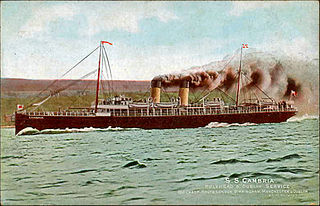
TSS Cambria was a twin screw steamer passenger vessel operated by the London and North Western Railway from 1897 to 1923.

SS (RMS) Mona (III), the third ship of the Company to bear the name, was a steel paddle-steamer which was originally owned and operated by the London, Chatham and Dover Railway Company, who then sold her to the Liverpool and Douglas Steamship Company, from whose liquidators she was acquired by the Isle of Man Steam Packet Company in 1903.
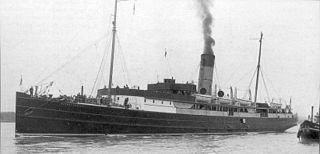
The packet steamer SS Rushen Castle was operated by the Isle of Man Steam Packet Company from her purchase in 1928 until she was sold for breaking in 1947.
The TSS Duchess of Devonshire was a passenger vessel built for the Barrow Steam Navigation Company in 1897.

TSS Gertrude was a passenger vessel built for the London, Tilbury and Southend Railway in 1906.
SS Kilkenny was a passenger vessel built for the City of Dublin Steam Packet Company in 1903.


